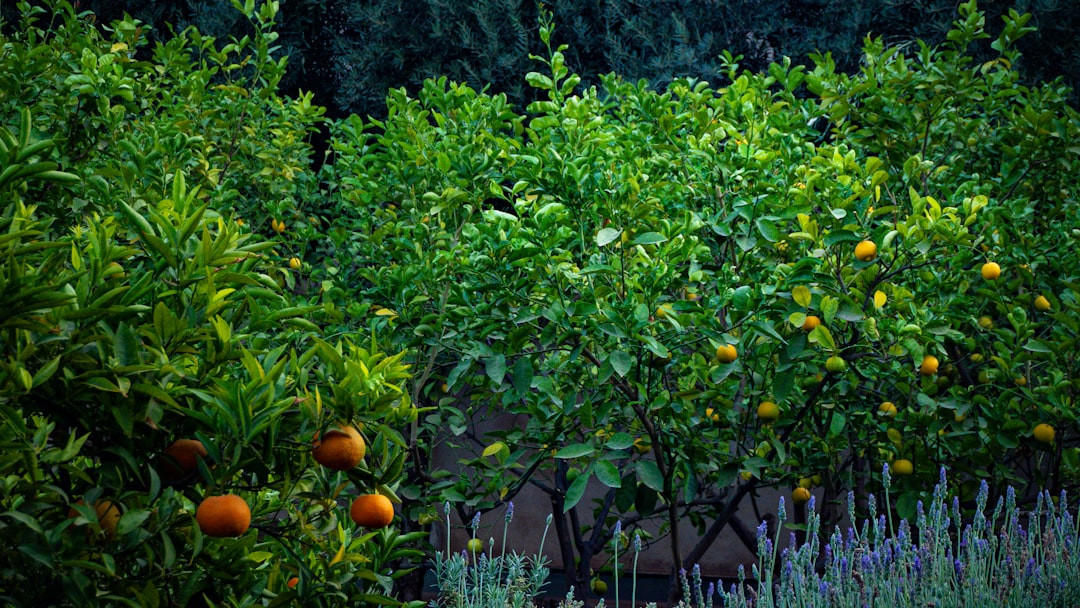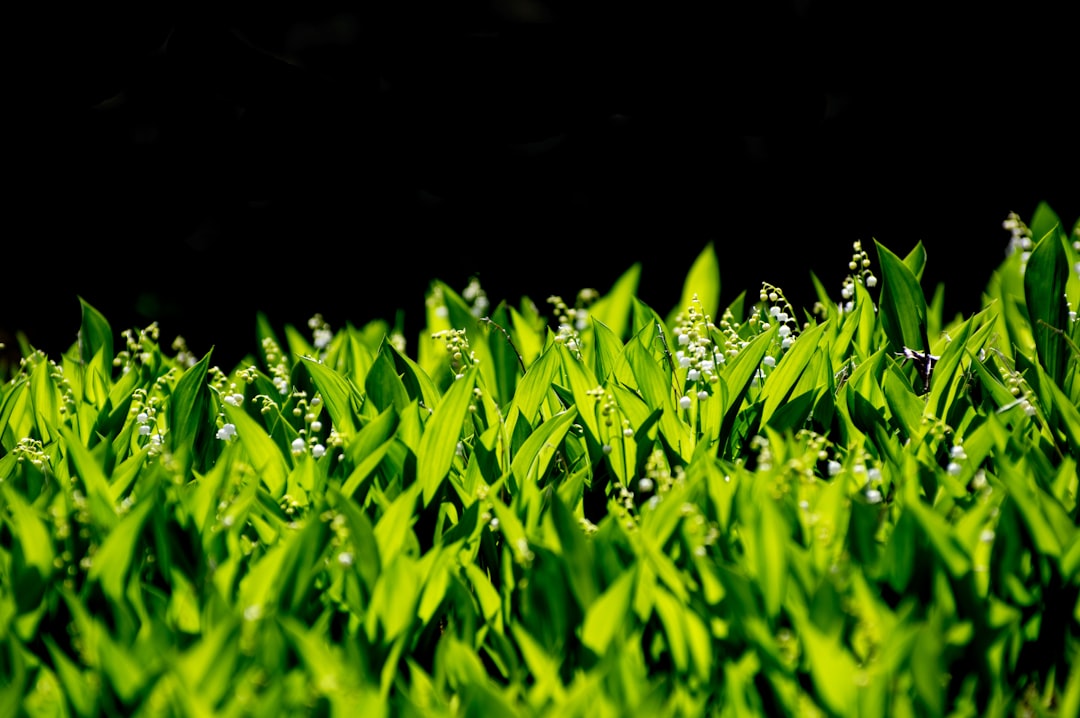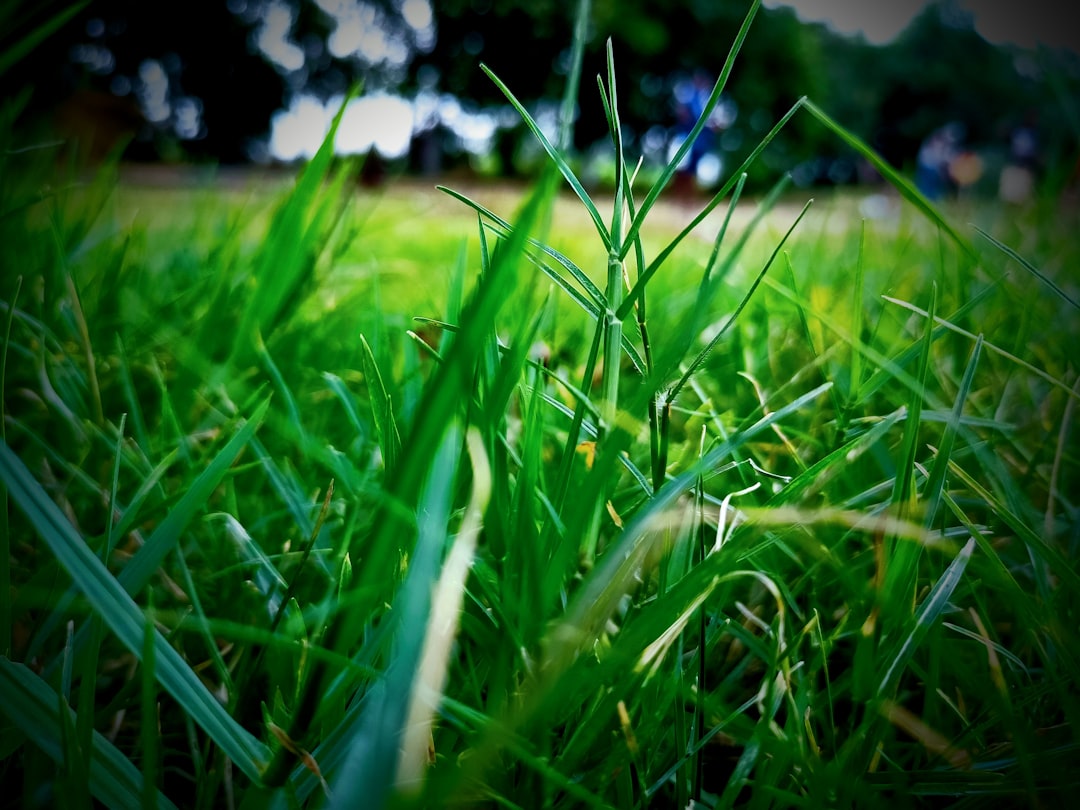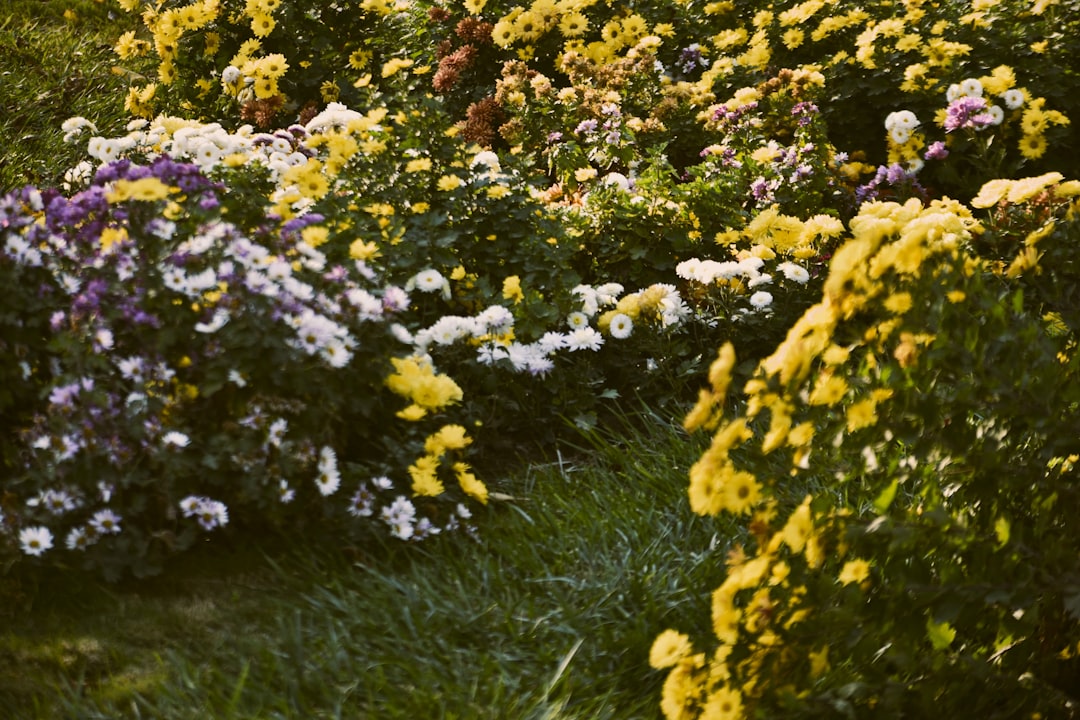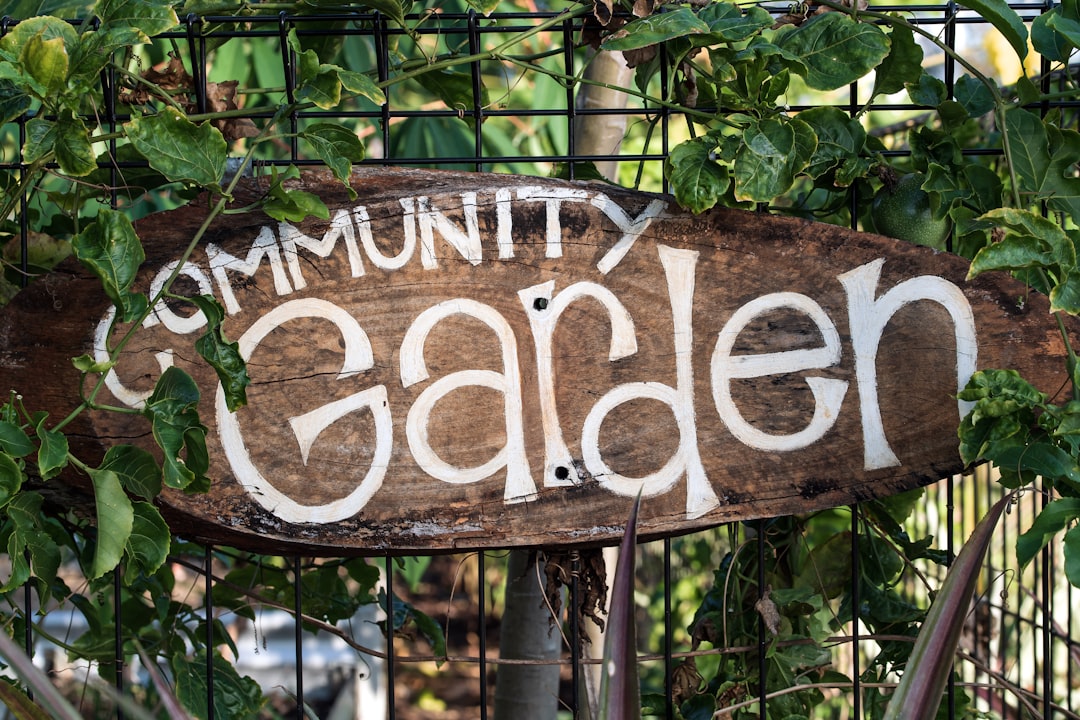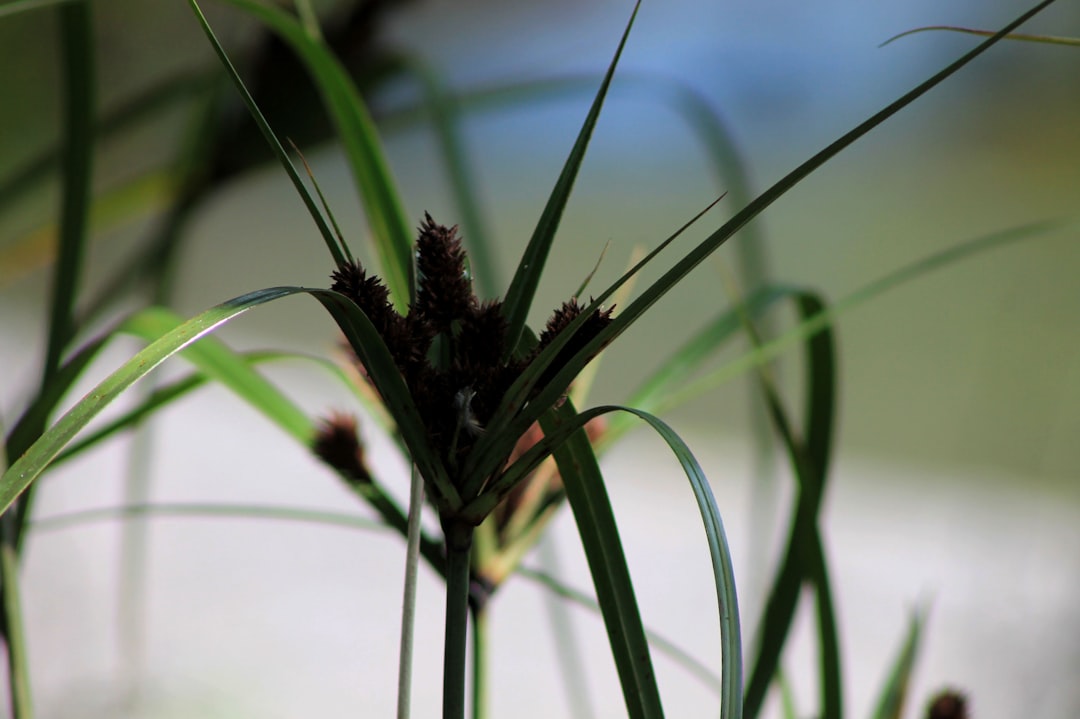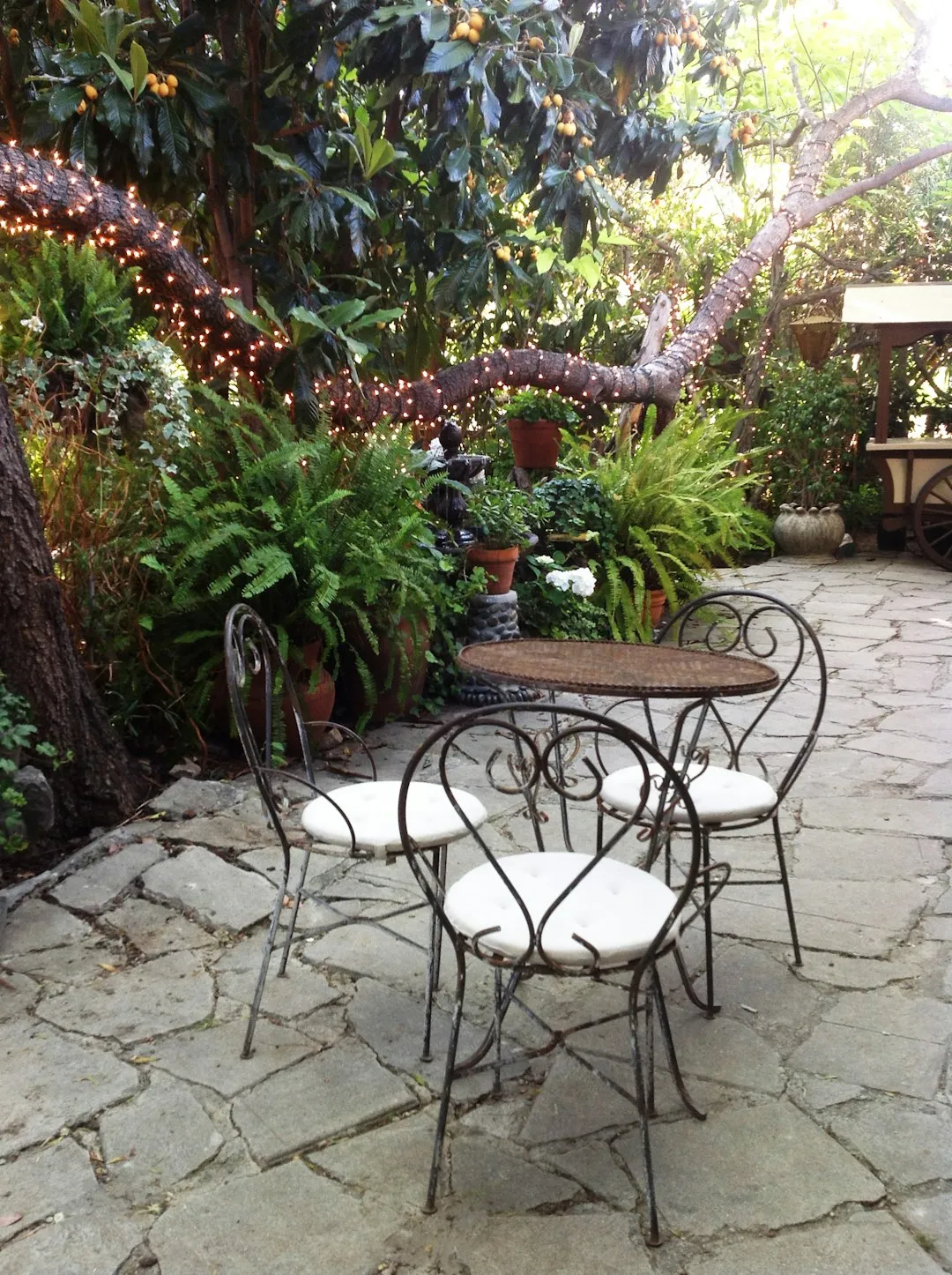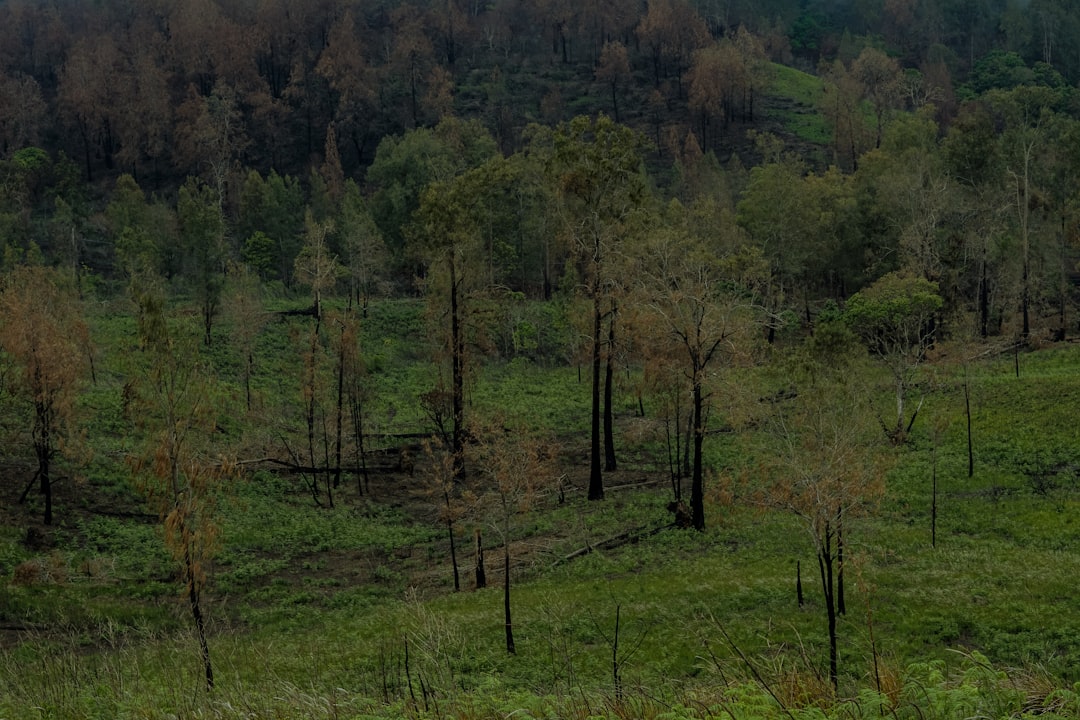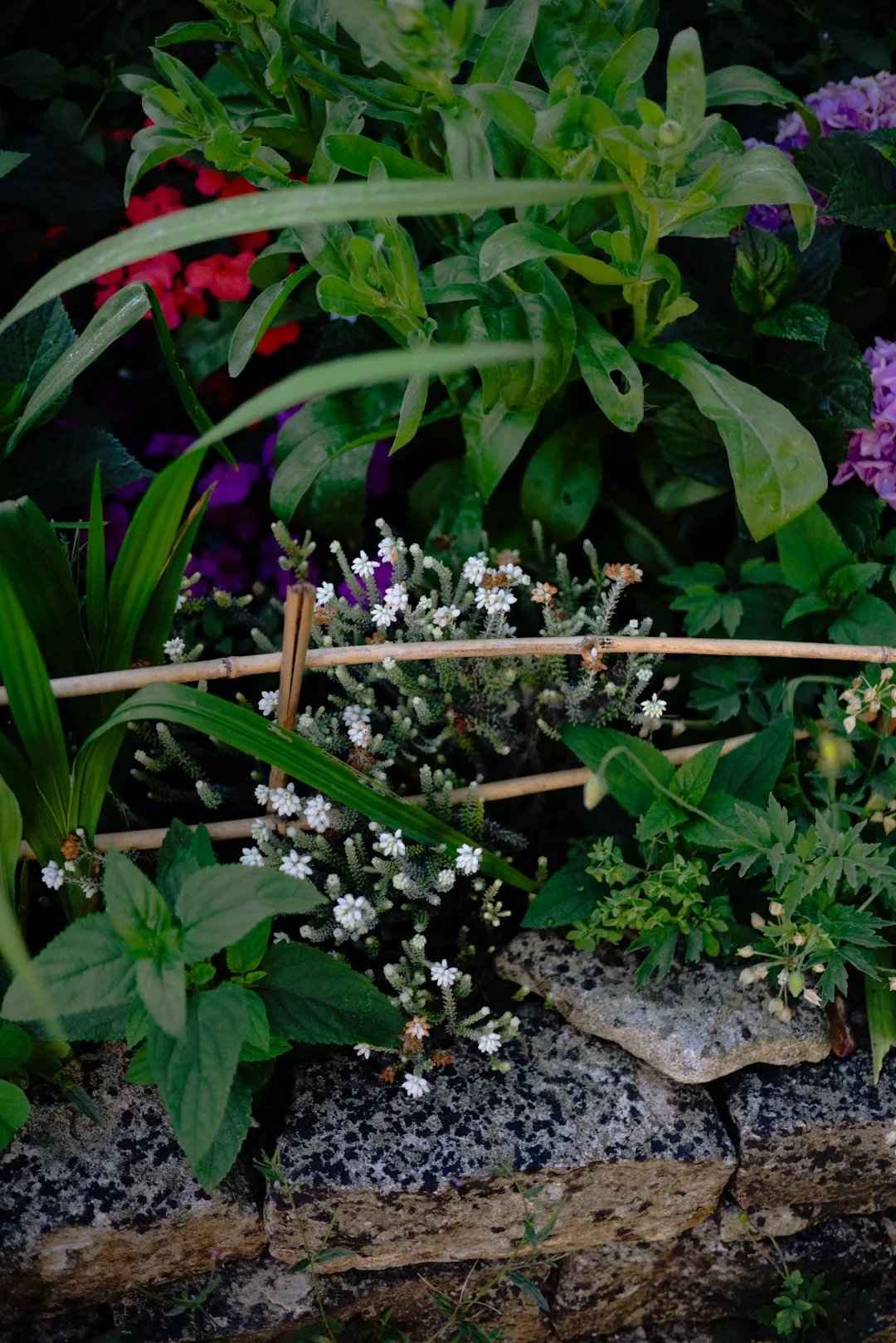
In the era of ever - changing climate, the weather patterns are indeed becoming more extreme. Unpredictable heatwaves, heavy downpours, and sudden cold snaps are no longer rare occurrences. However, this doesn't spell doom for your beloved yard garden. With the right strategies and a bit of effort, you can ensure that your garden not only survives but thrives during these climate shifts.
One of the fundamental aspects of garden care in a changing climate is soil management. Healthy soil is the foundation of a successful garden. Start by testing your soil regularly. You can purchase a soil testing kit from a local gardening store or send a sample to a professional laboratory. This will help you understand the soil's pH level, nutrient content, and texture. Based on the results, you can make appropriate adjustments. For example, if your soil is too acidic, you can add lime to raise the pH. If it lacks essential nutrients like nitrogen, phosphorus, or potassium, you can incorporate organic fertilizers such as compost or manure.
Composting is an excellent way to improve soil quality. It enriches the soil with organic matter, which helps retain moisture, improves soil structure, and provides a slow - release source of nutrients. You can create your own compost pile using kitchen scraps, yard waste like leaves and grass clippings, and shredded paper. Make sure to turn the compost regularly to speed up the decomposition process. Once the compost is ready, spread it over your garden beds and gently work it into the soil.
Water management is another crucial factor in garden care during climate shifts. With more extreme weather, water availability can be erratic. During dry spells, it's important to water your garden efficiently. Instead of frequent shallow watering, which can lead to weak root systems, water deeply and less often. This encourages the roots to grow deeper into the soil in search of moisture. Consider using a soaker hose or drip irrigation system. These methods deliver water directly to the base of the plants, reducing water waste through evaporation and runoff.
On the other hand, during heavy rainfall, proper drainage is essential. If your garden has poor drainage, the excess water can drown the plants and lead to root rot. You can improve drainage by amending the soil with sand or gravel, especially in areas that tend to collect water. Raised garden beds are also a great solution as they allow water to drain more freely.
Plant selection plays a vital role in a climate - resilient garden. Choose plants that are well - adapted to your local climate and the changing conditions. Native plants are often a good choice as they have evolved to thrive in the local environment. They are more resistant to pests, diseases, and extreme weather conditions. Additionally, consider selecting plants with different water requirements. This way, you can group them together based on their needs, making it easier to manage watering.
Another strategy is to create microclimates in your garden. A microclimate is a small area within your garden that has different environmental conditions compared to the surrounding area. You can create microclimates using structures such as fences, walls, or trellises. For example, a south - facing wall can absorb and retain heat, creating a warmer microclimate for heat - loving plants. A shaded area under a tree can provide a cooler spot for plants that prefer less sunlight.
Protecting your plants from extreme weather events is also important. During heatwaves, you can provide shade for your plants using shade cloth or by planting taller plants to create natural shade. In case of frost, cover your plants with frost blankets or old bedsheets to insulate them. You can also use mulch to protect the soil and plant roots from temperature fluctuations. A layer of mulch helps keep the soil cool in summer and warm in winter.
Finally, stay informed about the local weather forecast and climate trends. This will allow you to anticipate extreme weather events and take preventive measures in advance. Join local gardening groups or online forums to share experiences and learn from other gardeners. By staying proactive and implementing these easy tips, you can ensure that your garden remains a beautiful and thriving oasis, even in the face of a changing climate.

